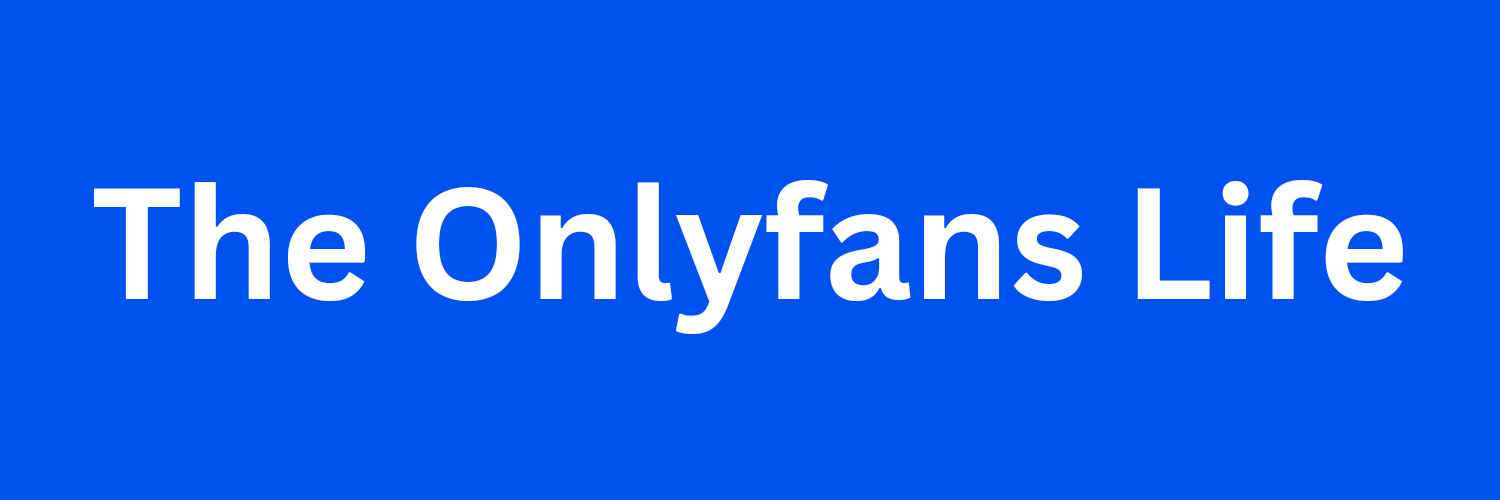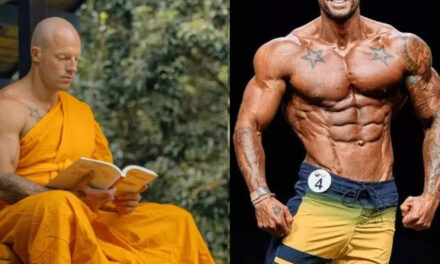Last week, I found myself deep in conversation with some students in year 9 and year 10. These teens are completely typical of their age group. They have dreams, aspirations, worries, families, friends, and smartphones. None of them are more online or more connected than any of their classmates.
They are mid-teenagers, and they are all aware of OnlyFans – ostensibly a social media platform, but one on which sexually explicit pictures and videos are sold to subscribers. It’s increasingly associated with famous influencers, or “creators”, and the students I spoke with all have their “number” – the amount of money it would take for them to consider becoming a creator themselves. They’ve thought about it a lot, and talked about it with their friends, discussing in detail how many followers they’d have to accumulate in order to create sexual content and post it online for cash, popularity, and fame.
Of course, many say that nothing would entice them to sign up to OnlyFans (or its many imitators) when they turn 18 – but many don’t. They have their number.
For Ebony*, 14, that number is “$4m [around £3m] and probably 1 million followers”, she tells me, going on to explain: “Maybe because then you could have sex, like once, maybe, and then get a Boohoo deal or a Sephora deal and be set for life.”
OnlyFans is a subscription-based platform where “creators” post mostly sexual content for paying subscribers. It was founded in 2016, and has seen a stratospheric rise over the last decade. Like TikTok, OnlyFans gained major prominence during the pandemic, when people were scared, bored, and looking for ways to supplement their reduced (or vanished) income.
And like the other big social media platforms, OnlyFans acts as something of a fame equaliser, allowing unknown individuals to rise to prominence and build a large fanbase. Subscription costs vary depending on the popularity of the creator and, perhaps more importantly, how explicit their content is. Unsurprisingly, subscribers tend to pay higher prices for the most popular creators, who are often either already famous or willing to provide extreme or niche content.
It is, of course, far easier for a celebrity, who already has some degree of fame, to get noticed and monetise their following. Lily Allen, for example, is reported to have around 1,000 subscribers, who each pay £10 a month – earning her an estimated £10,000 monthly for publishing pictures of her feet.
Musician Kate Nash sells coy photos of her bum, and told Woman’s Hour that the proceeds paid for her latest tour. Kerry Katona, the former Atomic Kitten singer, told a tabloid that OnlyFans “made her a millionaire again” after her bankruptcy. Kate Moss’s half-sister, Lottie Moss, claims to be making £30,000 a month on the site.
But it is becoming a “civilian” content creator on OnlyFans that is seen as the holy grail – someone with no fame or connections making thousands a month from just a few hundred subscribers. That sounds far more appealing to many than a minimum-wage job. And those who make serious money, gain attention, and achieve fame are usually the ones who post the most extreme content, or pull off the most outrageous stunts.
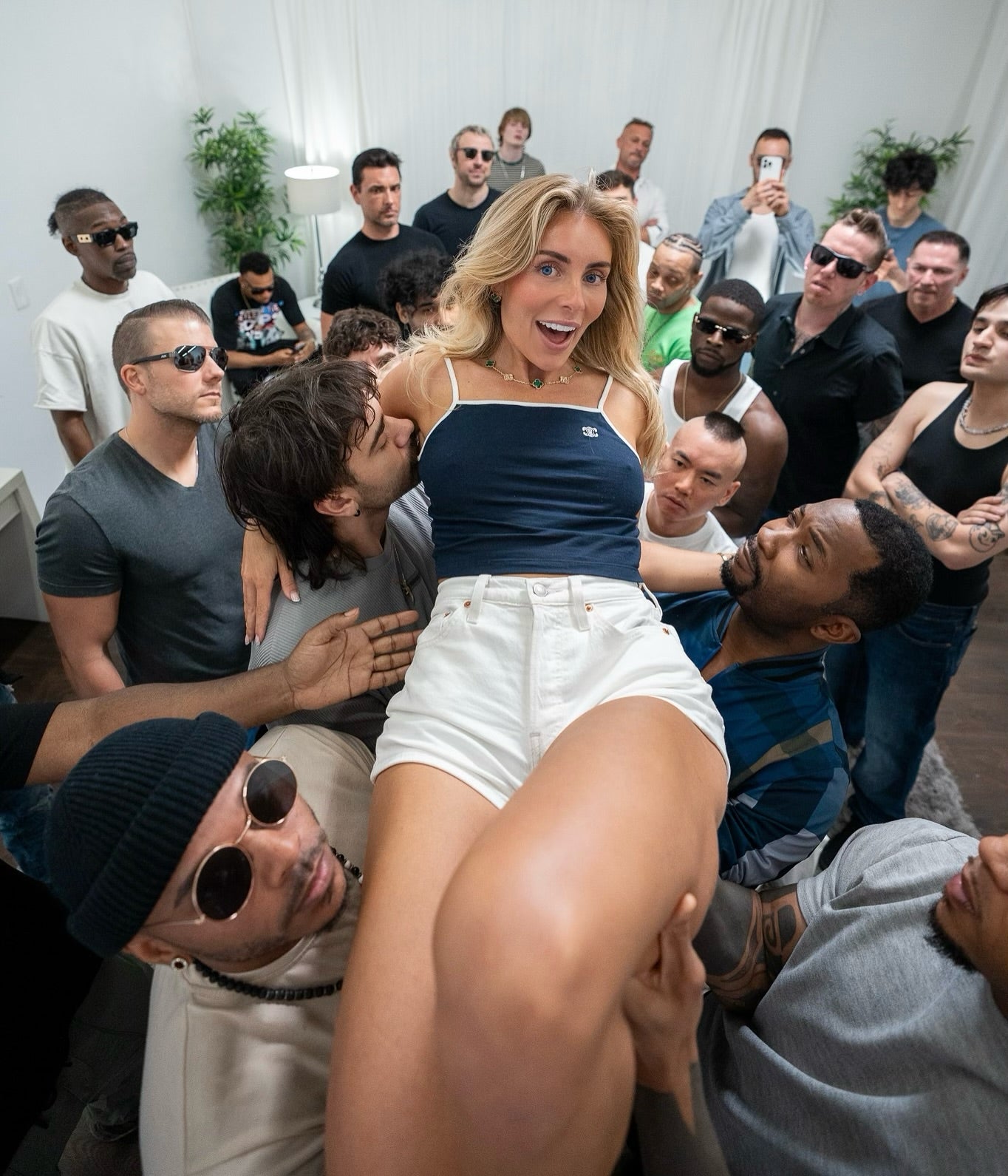
Creators like Bonnie Blue, Lily Phillips, and Annie Knight have become globally known for performing sexual stunts that, until recently, would only have been conceived of in the farthest extremes of pornography.
Blue’s recent attempt to sleep with hundreds of “barely legal” young men attracted global media attention, barely disguised by a thin veneer of disapproval. Her recent visit to Nottingham Trent University was covered widely, with reports of students, lecturers, and even parents “queueing around the block” to participate in the event.
Then there’s Phillips, who has particularly unsettled the mainstream because she looks and sounds like the girl next door – or, more disturbingly, your daughter or your daughter’s friend. Phillips’s parents run a successful cleaning company. She studied nutrition at the University of Sheffield before realising she could earn much more money by finding fame on social media.
When her content became too explicit for Instagram – where she had built a significant following – she moved to OnlyFans, quickly becoming a celebrity. This culminated in her December 2024 documentary I Slept with 100 Men In One Day, filmed by her friend, YouTuber Josh Pieters.
If the global press, and adults at dinner parties, are talking about this, guess what? So are the kids at school – including tweens and young teens. What’s frightening – and wasn’t the case with traditional pornography – is the total normalisation of this commodification of a person’s body, sexuality, and privacy.

Emma*, 15, says her number would be “£2m and 2 million followers – that’s how much I’d want [in order] to go on OnlyFans and sell myself. That way, you’d be set for life and have no more worries. It would sort of be ‘F-off’ money, you know? People can call you a sl**, but it’d be like, ‘I’m rich and famous, and you have to work a job and live with your parents – I win!’”
And boys, too, are in on this. Gabriel*, 14, says: “I follow Fabien Sassier on YouTube and TikTok, and he’s rich off OnlyFans. How much would you [have to] pay me to go on OnlyFans when I’m older? About £10,000 – if the girls are hot. I think my mum would be annoyed, but she’d be OK once I bought her a new kitchen. She hates her kitchen.”
The language around OnlyFans mirrors the way people talk about other social media platforms – users aren’t “performers” but “creators” (just like Instagrammers and TikTokers). Many teens insist that OnlyFans is different from porn, that it is ultimately less seedy – precisely because they keep hearing how many celebrities are on it, and how “easy” it is to make a fortune with just a few sexy stunts.
Maya*, 15, says: “I don’t think about OnlyFans like porn at all. I know it [involves] some sex, but it’s just completely different. OnlyFans people are more like normal people – especially girls. It’s just making extra money as a side hustle.”

The way in which OnlyFans became associated with the Gen Z and Gen Alpha obsession with entrepreneurialism is troubling. At a time when faith in the traditional job market is historically low, get-rich-quick schemes – crypto, social media hustling, and platforms like OnlyFans – look increasingly appealing.
“You don’t really think about the future or the consequences of your actions when you’re a teenager,” says one of the students. “So these stories of [people taking] extreme risks for maximum reward, like Lily Phillips or Annie Knight, are like siren songs for kids who are terrified of the future.”
They are well aware that Phillips experienced extreme pain. Knight ended up in hospital with excessive bleeding after she slept with 583 men. But – kerching! – they’re allegedly set for life. Phillips is reportedly worth £2m, and Knight, £2.4m. Wounds and sore bits heal, but bills and insecurity linger. What’s a bit of discomfort if it means you’ll never worry about money again?
And this is where we all have some culpability. Like the manosphere, the equally toxic “femosphere” now emerging didn’t appear out of nowhere. We failed to notice that many boys, stewing in loneliness and sadness, were turning to dodgy influencers offering easy answers. Likewise, a generation of girls didn’t stumble accidentally on the idea that their value lies in their sex appeal, and in showing off their bodies to the highest bidder.
As Laura Bates points out in her book The New Age of Sexism, this commodification of sex is harming all of us – from widespread online abuse to schoolgirls being driven out of classrooms by deepfake pornography made for free at the click of a button.
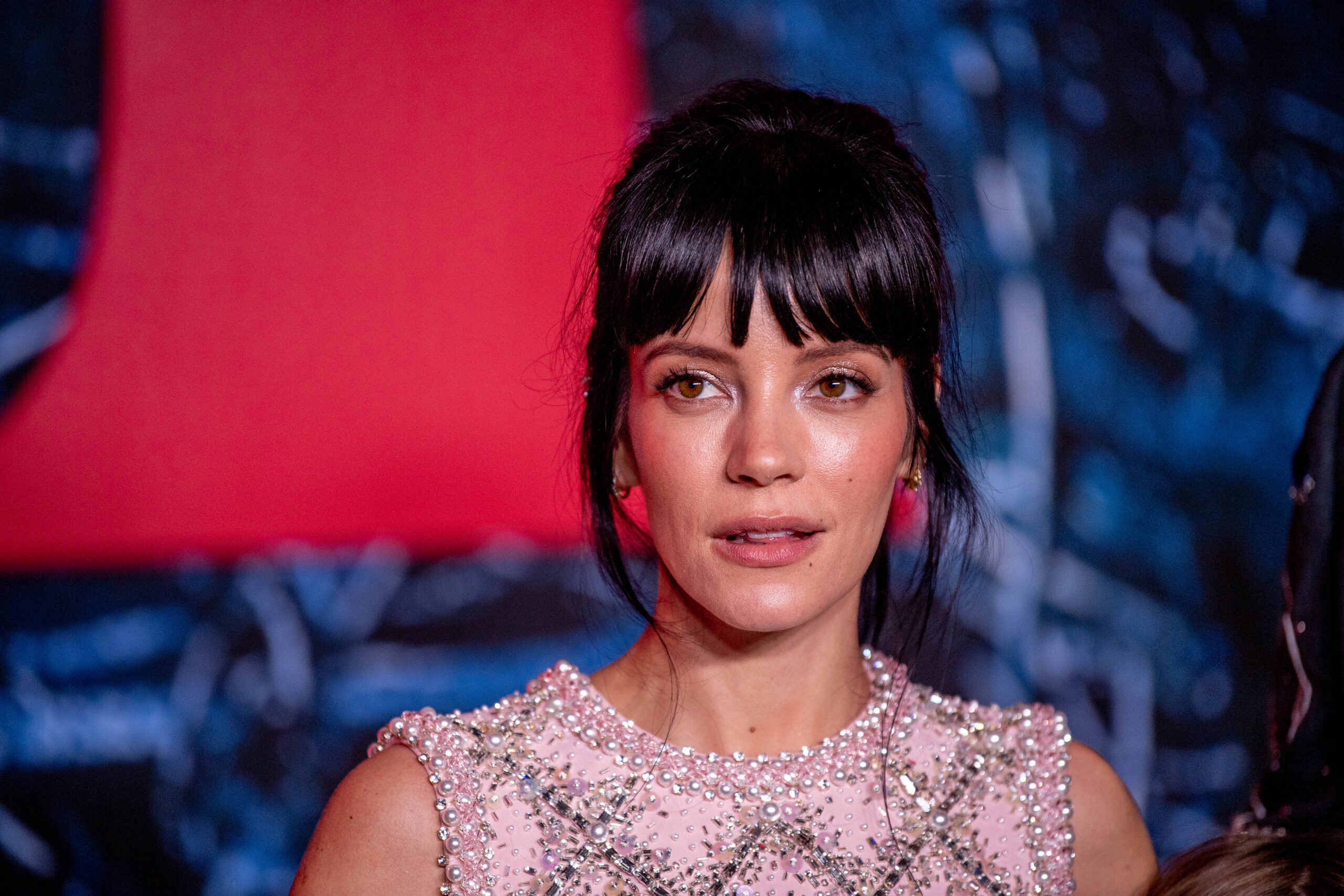
The last two decades have been saturated with sex and celebrity – an era in which a woman with a famous bum and a sex tape became one of the most famous people on the planet. And while Kim Kardashian hit payday, millions of women working in hospitals, schools, labs, and offices were cast as life’s real losers. We haven’t just elevated sex and celebrity: in some cases, we’ve made them the ultimate goals, eclipsing any seemingly “ordinary” aspirations young people used to possess. We can’t clutch our pearls if today’s teens are not shocked by OnlyFans – not in the culture we’ve created, which offers limited opportunities for the young.
Ultimately, the manosphere and the femosphere are two sides of the same dark coin, feeding off each other’s worst ideas and impulses. The “madonna versus wh***” trope is writ large in manosphere lore, where there are “bad” girls (the OnlyFans type) who exist to be used, and “good” girls, more suited to marriage and motherhood.
The femosphere isn’t much different, with its female sex influencers existing online alongside the phenomenon of hyper-conservative “tradwives” – women who style themselves like Norman Rockwell paintings, complete with dresses, doting husbands, and photogenic broods.
Neelam*, 15, reflects: “I love the tradwife thing. Being looked after by a man, and just having the space to be a good mum, sounds brilliant. Boys have gotten so disgusting, but so have girls – those OnlyFans girls are gross, but so are the men that sleep with them.”
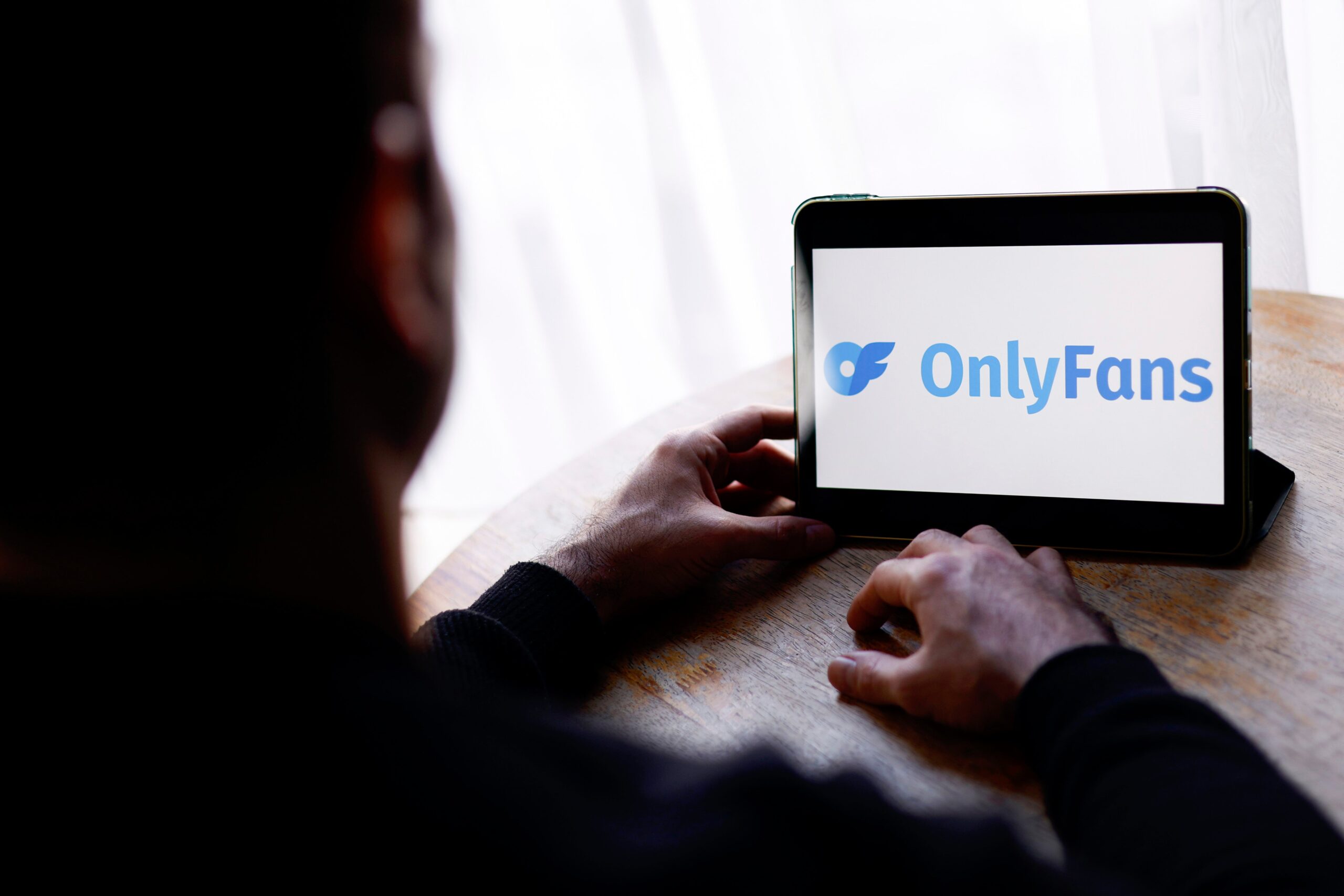
Neelam’s point is worth pondering. The rationale offered by some prominent OnlyFans creators is that men are sex-obsessed hounds, and they’re simply cashing in on that. The long queues of balaclava-clad men lining up to sleep with Bonnie Blue or Lily Phillips suggest that the platform’s appeal is similar to that of dogging.
But just as the myth of OnlyFans as a digital goldmine is flawed, so too is the fantasy that a return to some imagined 1950s ideal will save us. An apron and a gaggle of kids won’t conjure a picket fence or a Mad Men-style husband who drinks too much but brings home a paycheck.
If we want to help prise impressionable teen minds away from the toxic stew of the femosphere and the manosphere, we need to offer balance and hope. Universities must make good on the promises tied to expensive degrees. Companies have to make the process of applying for jobs less alienating. School-to-work pipelines must be reinvested in. Affordable housing must be prioritised so that young people aren’t priced out of a stable future, and don’t feel pressured into finding alternative ways to afford the aspirational lives they are being sold.
If we fail to do these things, younger generations will continue to drift towards ever-darker get-rich-quick schemes. And more and more of them will have their number.
They deserve better than that.
*Names have been changed
This post was originally published on this site be sure to check out more of their content.
